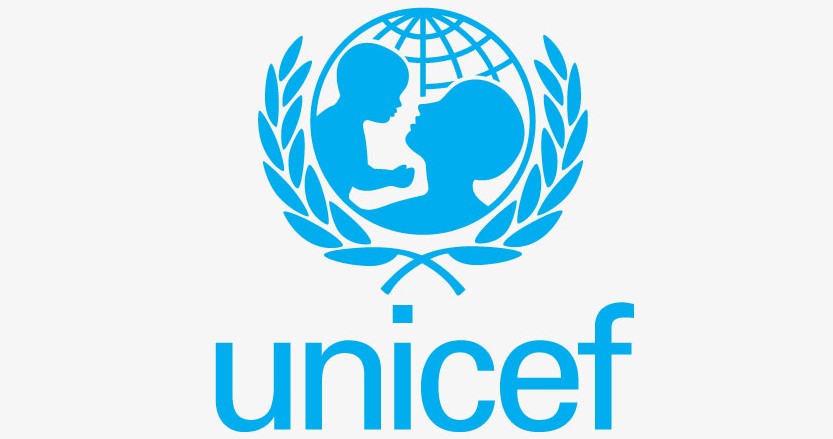
559 million children are currently exposed to high heat waves; like temperatures, that number will only continue to rise. Even under the best possible conditions, by 2050, all 2.02 billion children worldwide are expected to be exposed to high heat waves.
This is according to a new study by UNICEF, the United Nations (UN) children’s fund.
At the COP27 international climate conference, UNICEF is publishing “The Coldest Year Of The Rest Of Their Lives: Protecting Children From The Escalating Impacts Of Heatwaves”. That report reveals that regular heat waves will be inevitable in the future, also in Belgium. This is a dangerous prospect for children. This is because they cannot adjust their body temperature as well as adults.
The more often children are exposed to heat waves, the greater the risk of health problems such as chronic respiratory disease, asthma and cardiovascular disease. In addition, babies and young children are most at risk of death from heat.
UNICEF calls on governments to adopt social services by, for example, fighting malnutrition with early prevention and access to healthy food. The fund also asks for climate change to be included more in education, give priority to children in climate financing, and drastically reduce greenhouse gases. Emissions must be reduced by at least 45 percent by 2030, it writes in a press release. A UNICEF delegation will travel to Egypt in early November to present these recommendations at COP27.
“Already 1 in 3 children live in countries with extremely high temperatures and nearly 1 in 4 children are exposed to high heat waves, and it will only get worse,” said Catherine Russell, UNICEF executive director.
According to UNICEF ambassador Vanessa Nakate, heat waves are a clear example of the increasing danger that awaits us. She wants to increase the pressure on world leaders, especially during COP27. “As hot as it has been in almost every corner of the world this year, it is likely to be as cold as it is for the rest of our lives.”
